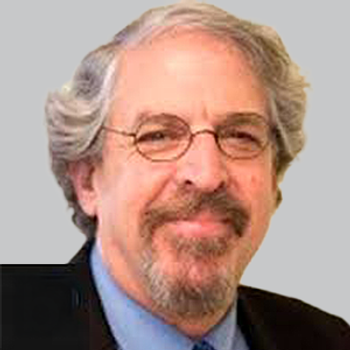
Expanding the Capabilities of Treating Neuromuscular Poststroke Symptoms: Wayne Feng, MD, FAHA
The division chief of stroke and vascular neurology at Duke Health provided perspective on the multidisciplinary team needed to treat neuromuscular poststroke symptoms, as well as exciting innovations on the horizon. [WATCH TIME: 4 minutes]
WATCH TIME: 4 minutes
"Other things we think about is using brain computer interface for those very severe patients, or even using stem cells. We’ve complicated and simplified the complex process of using stem cells, that’s why in the last 10 years there has been some sort of disconnect with animal studies."
The types and degrees of disability that follow a stroke can depend on which area of the brain is damaged. Damage to the cells and connections in the brain can results in problems with movement and sensation, including paralysis, loss of voluntary movement, or weakness that usually affects one side of the body. Patients can also experience problems swallowing and loss of control of body movements, including issues with body posture, walking, and balance. Several of those within the field, including
Feng, the division chief of stroke and vascular neurology at Duke Health, is currently leading a study exploring whether the brain stimulation at difference doses combined with an efficacy-proven rehabilitation therapy, can improve arm function. In an interview with NeurologyLive®, he discussed the day-to-day challenges these patients face, and the care teams needed to maintain quality of life. Additionally, Feng provided perspective on the ways to grow poststroke care, including the potential for stem cells and brain computer interface.
Newsletter
Keep your finger on the pulse of neurology—subscribe to NeurologyLive for expert interviews, new data, and breakthrough treatment updates.


































